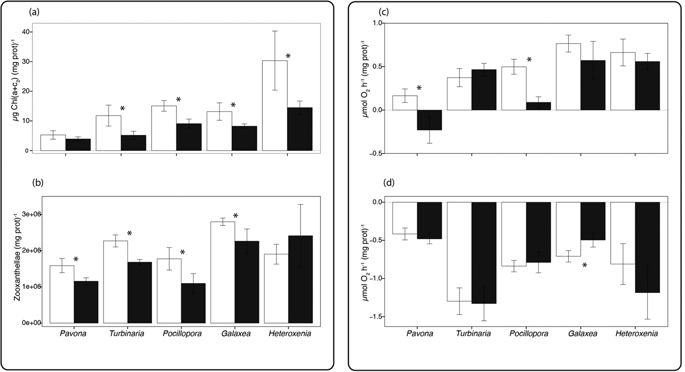In our home reefs there are a bit different views of how corals grow.
@Hanswerner and others have shown how coral sceleton growth is affected by lack of nickel and zink. These elements affect how brittle or dense a coral sceleton will be and the length between branching.
Circulation does affect this too.
In the last few years we have noticed that a slight pH increase from CO2 scrubbers will make the corals more dense.
I have customers that has birdsnest corals that halfed their branch length from the moment the CO2 scrubber was installed.
That's really interesting, can you link to the paper about zinc and nickel?





















